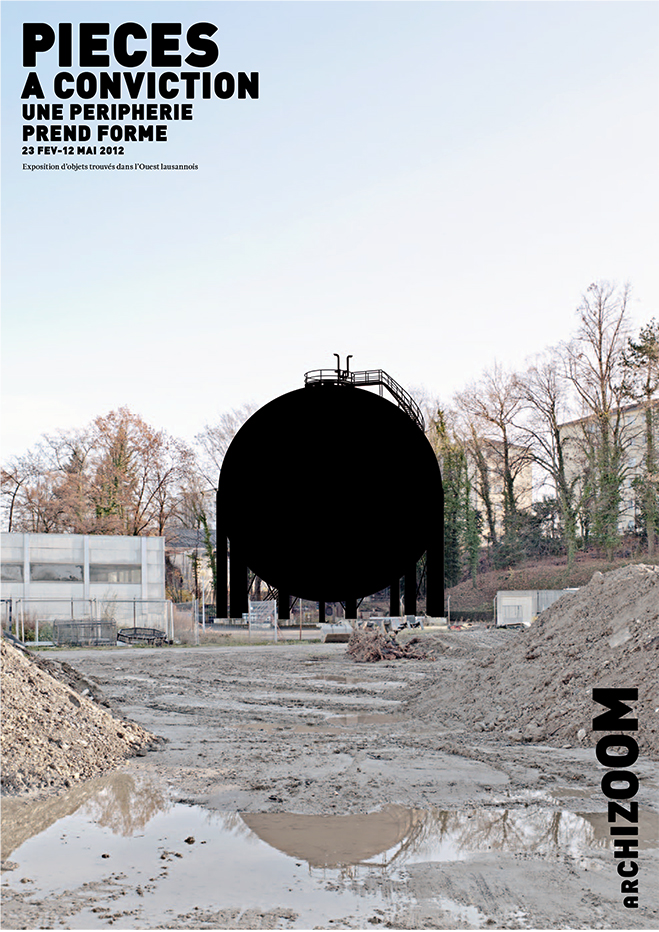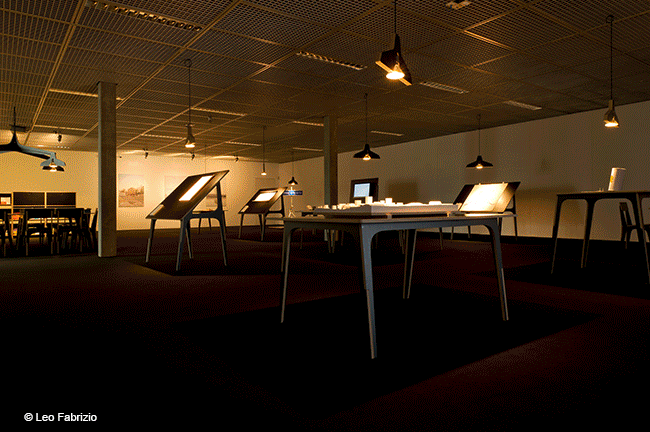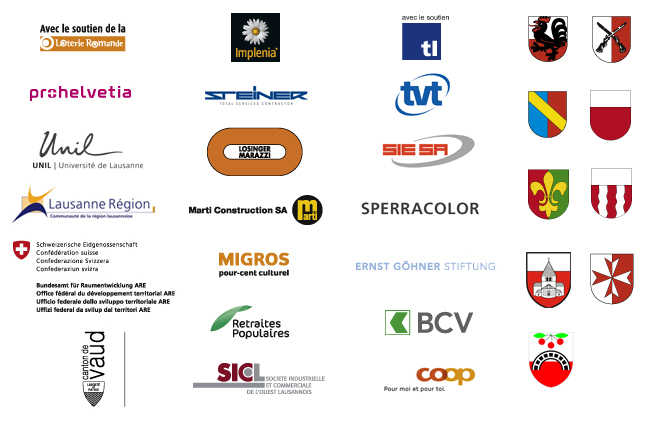
February 23 – May 12, 2012
LECTURES
February 22, 2012
Exhibition Opening
Pierre Feddersen, architect and urban planner, author of SDOL
Ariane Widmer Pham, architect and urban planner, project leader, office SDOL
Bassel Farra, architect, winner of the “Le Rayon Vert”
In Situ, Office of landscapes and urban
Lorette Coen, reporter
March14, 2012
Vittorio Magnago Lampugnani
architect, Milan
March 28, 2012
Astrid Hervieu & Emmanuel Jalbert
landscape, Lyon & architect and urban planner, Paris
May 2, 2012
Olivier Mongin
philosopher, Paris
May 8, 2012
Pierre Bélanger
associated with Harvard University Graduate School of Design professor, Cambridge, USA
When cities expand, they usually adopt programmes that outline the integration of their peripheries. An exception to this habit is taking place in Lausanne, where for the past seven years an urban operation of a new genre has taken over the nine municipalities on the western side of the city: Bussigny-près-Lausanne, Chavannes-près-Renens, Crissier, Ecublens, Prilly, Renens, Saint-Sulpice, Villars-Sainte-Croix, and the Malley area of Lausanne.
The Archizoom exhibition invites the viewer to explore a fragmented region, made up of a series of inextricably interwoven hypermarkets, huge parking lots, traffic lanes, roundabouts, fields, industrial and rail estates, small village centres, warehouses, factories, housing… Amidst the seemingly jumbled bits, an urban network can be perceived as establishing itself: the city is taking shape based on an overall plan, the Schéma directeur de l’Ouest lausannois (SDOL).
How is such a development testified for within an exhibition? Through various significant objects and documents, pieces of evidence that tell the story of the very particular urban evolution that has been engendered by the SDOL office. The SDOL has approached the task from a laissez-faire perspective, privileging invention and impulse and refraining itself from putting in place too much preconceived planning. This urban blueprint is characterised by its methodical pragmatism and the use of concerted efforts between the organic manifestations of the area and technical strategies. The local is favoured, and needs dictate the urban fabric.
Planning for the Lausanne-West is based on the concept of “empty spaces”, which are perceived as urban resources with the capability of becoming public squares, walkways, parks and gardens. This urbanism takes into account the social dimension of the everyday environment and deems that the public domain must be considered and conceived of with dignity. This attentive and generous notion of the public space will set the tone for the quality of the city that will evolve. The exemplary character of the operation, as well as its dynamicity, has earned the nine municipalities the 2011 Wakker Prize, which is awarded annually by the Swiss Heritage Society.
The exhibition takes place at a critical time, when the planning phase of the project is giving way to the operational stage and the results will face the test of time and efficacy. And thus if the area manages its own destiny, the beautiful autonomy that characterises it can yield to fragility. In this period of boom in the housing market, will the Lausanne-West municipalities manage to resist the pressures and temptations of speculation, and stick to its holistic urban planning?
Solutions to this question are not without consequences. The area includes the University, the Polytechnical University (EPFL), and the HES-SO art school, which are all establishing themselves as leaders in education. Its development is one that deserves very close attention.
Lorette Coen
Curators :
Lorette Coen and Ariane Widmer Pham, with collaboration from Benoît Biéler
Scenography :
Youri Kravtchenko
Exhibition views

Interwiew deVittorio Magnago Lampugnani par Studio Banana TV
Thank you for their support
